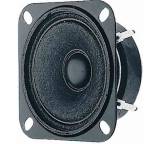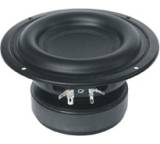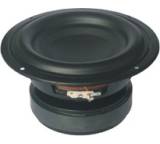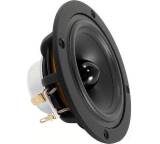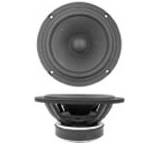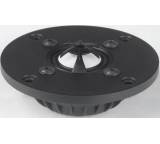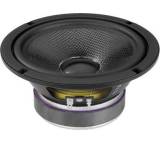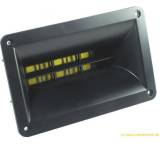Beliebte Filter: Typ
92 Ergebnisse entsprechen den Suchkriterien
-

Sehr gut
1,2
-

ohne Endnote
Tang Band W8Q-1071
- Nennbelastbarkeit: 250 W
- Maximale Belastbarkeit: 500 W
- Frequenzbereich: 27 - 200 Hz
Zum Produkt
-

ohne Endnote
Tang Band W5-1685
- Nennbelastbarkeit: 45 W
- Maximale Belastbarkeit: 90 W
- Frequenzbereich: 50 Hz - 10 kHz
Zum Produkt
-

ohne Endnote
-

ohne Endnote
Tang Band W3-316B
- Nennbelastbarkeit: 12 W
- Maximale Belastbarkeit: 25 W
- Frequenzbereich: 100 Hz - 20 kHz
Zum Produkt
-

ohne Endnote
-
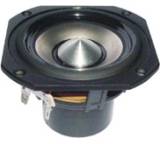
ohne Endnote
Tang Band W3-1285SG
- Nennbelastbarkeit: 15 W
- Maximale Belastbarkeit: 30 W
- Frequenzbereich: 100 Hz - 20 kHz
Zum Produkt
-
ohne Endnote
Mivoc XAW 110 HC II
Zum Produkt
-

ohne Endnote
Tang Band WT-1427G
- Nennbelastbarkeit: 120 W
- Maximale Belastbarkeit: 240 W
- Frequenzbereich: 25 - 400 Hz
Zum Produkt
-
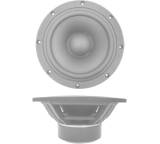
ohne Endnote
SB Acoustics SB29NRX75-6
- Maximale Belastbarkeit: 200 W
Zum Produkt
-
ohne Endnote
Gradient Acoustics Axis 8
- Typ: Tiefmitteltöner
Zum Produkt
-

ohne Endnote
Tang Band WQ-1814S
- Nennbelastbarkeit: 300 W
- Maximale Belastbarkeit: 600 W
Zum Produkt
-

ohne Endnote
Mivoc HG 258 G titan
- Nennbelastbarkeit: 120 W
- Frequenzbereich: 2000 Hz - 22 kHz
Zum Produkt
-
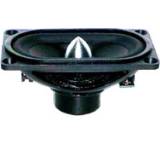
ohne Endnote
Tang Band W23-1286SC
- Nennbelastbarkeit: 12 W
- Maximale Belastbarkeit: 24 W
- Frequenzbereich: 150 Hz - 20 kHz
Zum Produkt
-
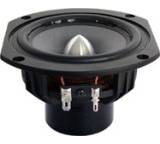
ohne Endnote
Tang Band W4-1320SD
- Nennbelastbarkeit: 25 W
- Maximale Belastbarkeit: 50 W
- Frequenzbereich: 75 Hz - 20 kHz
Zum Produkt
-
ohne Endnote
Gradient Acoustics GRT85
- Typ: Hochtöner
Zum Produkt
-
ohne Endnote
Gradient Acoustics GRT116
- Typ: Hochtöner
Zum Produkt







